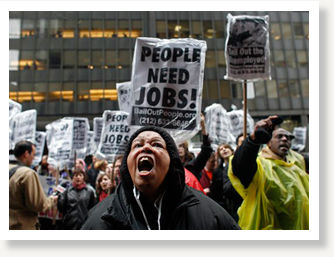Alzheimer's disease (a form of dementia) is characterized by the build-up in the brain of a protein known as 'amyloid-beta'. Not surprisingly, amyloid-beta has been 'targeted' by drug companies, including Eli Lilli who produced the drug Semagacestat which did a nice job of retarding amyloid-beta synthesis. However, in trials, Semagacestat accelerated decline in brain function in those who took it.
I learned this fact today reading a review from the
European Journal of Internal Medicine entitled "Nutrition and Alzheimer's disease: The detrimental role of a high carbohydrate diet" [1]. The review is dense with information, and I might extract its information over more than one blog. But for starters, I thought I would pull out at least some of the interest insights this paper contains.
One of the major points made in the paper is this:
cholesterol and fat is really important to the brain. It points out that although the brain is only about 2 per cent of body weight, it contains about a quarter of the total cholesterol in the body. The authors point out several roles for cholesterol in the brain, including the synapse - the 'gap' where one cell can communicate with another. Communication here is via what are known as 'neurotransmitters', which are released by one nerve cell and float across the synaptic gap to exert the effect on the nerve adjacent to it. The authors summarise the importance of cholesterol in the brain like this:
Cholesterol is required everywhere in the brain as an antioxidant, an electrical insulator (in order to prevent ion leakage), as a structural scaffold for the neural network, and a functional component of all membranes. Cholesterol is also utilized in the wrapping and synaptic delivery of the neurotransmitters. It also plays an important role in the formation and functioning of synapses in the brain.It's also true that the brain actively takes up cholesterol (in the form of LDL cholesterol). This in itself suggests that cholesterol is desired in the brain and does something useful. Interestingly, a gene defect which leads to impaired cholesterol uptake by the brain is also associated with an enhanced risk of Alzheimer's disease.



Comment: The writer of this article is right. Lack of empathy is a characteristic of psychopathy among a cluster of other characteristics. For more information, read:
The Psychopath: A New Subspecies of Homo Sapiens
Truth to Power: Psychopaths Rule Our World
The Trick of the Psychopath's Trade: Make Us Believe that Evil Comes from Others
Devils In Disguise